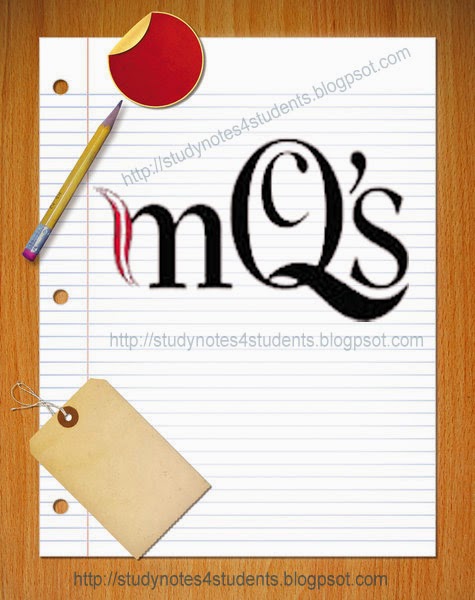NOTE :ANSWERS ARE PRESENT AFTER 10 MCQs
| 1. | Which character differentiates living things from non-living organisms? | |||||||
|
| 2. | The study of fossils is called: | |||||||
|
| 3. | The experiments on DNA molecules in chromosomes for knowing the basis of inherited diseases are conducted by : | |||||||
|
| 4. | Sythetic insulin from pork was formed by which technique: | |||||||
|
| 5. | The branch of biology which deals with the study of social behavior and communal life of human beings living in any environment is called : | |||||||
|
| 6. | Out of 92 naturally occurring chemical elements how many are considered as bio-elements: | |||||||
|
| 7. | Oxygen accounts for ____ % of totals human body mass: | |||||||
|
| 8. | The atoms of different elements combine with each other through ionic or covalent bonding to produce compounds this stable form is called: | |||||||
|
| 9. | Which one is a micromolecule? | |||||||
|
| 10. | A structure formed by groups of similar cells organized into loose sheetsor bundles performing similar functions is called as: | |||||||||||||||||||||||||||||||||||||||||||||||||||||||||||||||||||||||||||||||||||||||||||||||||||||||||||||||||||||||
ANSWERS OF ABOVE TEN MCQs 1. (c) 2.(c) 3.(a) 4.(c) 5.(b) 6.(b) 7.(a) 8.(b) 9.(d) 10.(c)
|

.jpg)










.jpg)
0 comments:
Post a Comment